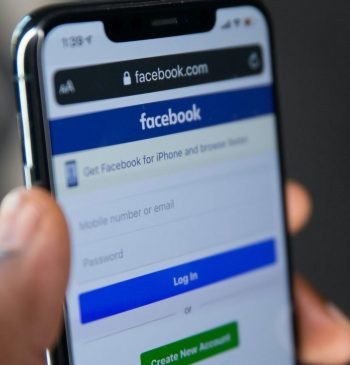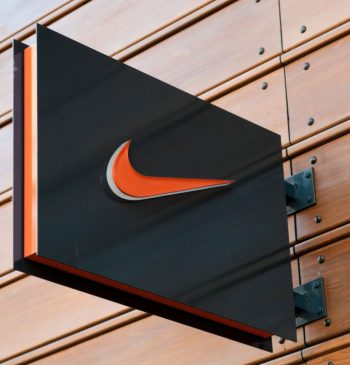Data Governance, Targeting & Programmatic Marketing
Creepy Or Convenient?
- By smrtr insights
- No Comments
14 Jan

Not only does data give marketers the opportunity to reach their customers in new, targeted ways, it also provides users with a better experience.
Targeted and personalised offers are welcomed by customers when they hit the mark, particularly when the right message is sent to the right person at the right time.
And while marketers are constantly on the lookout for new ways to effectively use data, they must be wary of the fine line between convenience and creepiness.
A 2019 study from marketing platform SmarterHQ highlighted just how delicate the relationship between convenience and creepiness can be when it comes to data.
The data shows customers understand that sharing their data can lead to a better experience. Of the 1,000 interviewees, 90 percent are willing to handover behavioural data provided it results in a better shopping experience.
However, 79 percent believe companies know too much about them and 63 percent say they will stop shopping from brands that are too ‘creepy’ with their marketing. The reason for the discrepancy is likely that while customers are happy to hand over behavioural data that will result in a better experience, handing over personal data can be seen as an invasion of privacy, so it largely depends on the type of data being leveraged rather than the amount.
What is creepy marketing?
So what is ‘creepy’ use of data? The SmarterHQ study found push notifications are the most invasive channel.
But ‘creepiness’ isn’t always about invasiveness. In 2017, Netflix faced public scrutiny after it shared anonymous data on how many people were watching certain shows. Additionally, a New York Times report found that software company Alphonso was using smartphone microphones to listen to customers.
It’s also important to note that the line between creepiness and convenience is subjective. While getting personalised shopping preferences and deals might be a benefit for some customers, others could find this to be an invasion of privacy.
To minimise any perceived ‘creepiness’, marketers should focus on how they can use the data they have at their disposal to make the customer experience better.
“You need to be able to use the data to make connections,” said Salesforce APAC AVP data, audiences & pardot Jo Gaines. “It’s about using the data in a very relevant way.”
This use of data can help improve the relationship companies have with their customers.“Companies are moving towards this idea of understanding their customers better and appreciating their customers as an individual,” Gaines added.
Deloitte recently outlined how insurance companies can start using data to not only shape their products but also help their customers. Rich data captured through GPS devices can be used to deliver ‘data products’ that help customers better understand their driving behaviours, in a bid to help them stay safer on the road.
At smrtr, our Identity Graph uses a wide number of opted-in, privacy-compliant datasets to connect different forms of Personal Identity. This enables us to better understand customers by connecting our deep insights via whichever IDs they have. Insights can be aggregated for the whole customer base, a segment, or mapped back to individual customers in CRM system.
We understand that the relationship between creepiness and convenience is very delicate, that’s why we ensure all of our solutions are privacy compliant and our data is ethically sourced.
To find out more about smrtr contact us and we’ll be in touch within the next business day.
By Steve Millward, General Manager – Commercial at smrtr


